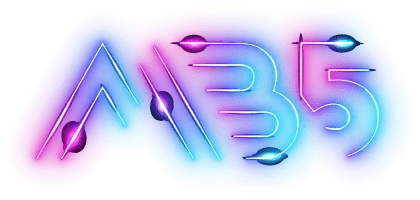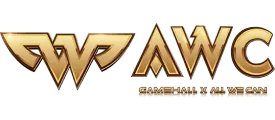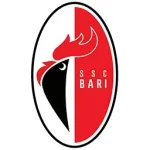Falmer Stadium (currently known for reasons of sponsorship for sponsorship reasons as American Express Community Stadium, Amex Stadium) is a stadium situated within Village Way, Brighton BN1 9BL.
On the 28th of October, 2005 on the 28th of October 2005, the Office of the Deputy Prime Minister announced that the application to build Falmer was approved to the delight and relief of all supporters. Lewes District Council contested John Prescott's decision of approving Falmer's application for planning permission and demanded a judicial review. This was due to an error in the initial approval of Prescott that did not mention that a portion of parking spaces at the site is within the Lewes district and not Brighton & Hove unitary authority. Brighton & Hove unitary authority. This led to further delays. After the judicial review had decided in favour of the venue, Lewes District Council said that it would not file any appeals in the future.
Construction of Falmer Stadium started in December 2008. On May 31, 2011, the club officially handed over the stadium and received access to the venue, which had initial seating of 23,374 which signifies the completion to 14 months without a permanent home. In January 2012, the club made an application for approval to Brighton and Hove City council to increase the capacity of the stadium by an additional 8,000 seats as in addition to adding an additional box for corporate use, brand new TV facilities, and a luxurious suite. The application was approved unanimously by Brighton and Hove City Council's Planning Committee on April 2012. The stadium was later extended to 27,250 at the the 2012-13 season. It was then expanded increased to 27,750 in December 2012, before hitting 30,750 by the end of May 2013.
In the year 2020 the club proposed plans to increase the size of the stadium's capacity from 30,750 seats to 32,500, including an additional hotel. In 2021 the stadium was extended to 31,800 seats, with further work still to be completed.
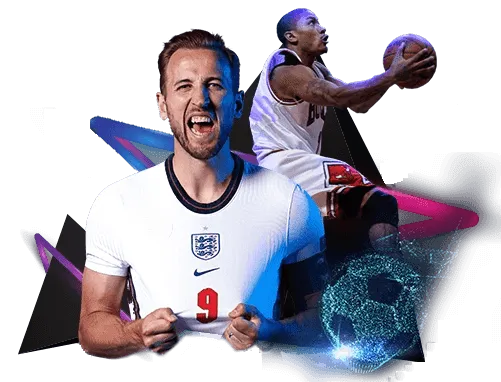
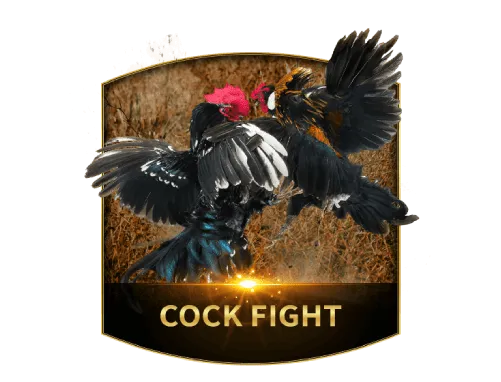

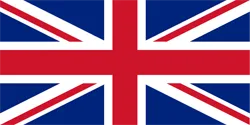 ENG
ENG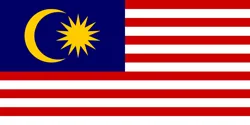 MYS
MYS 简体中文
简体中文